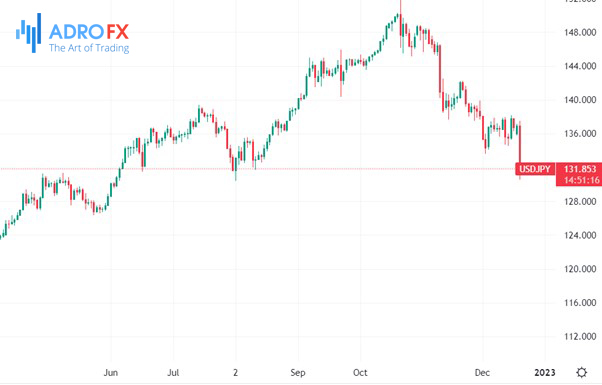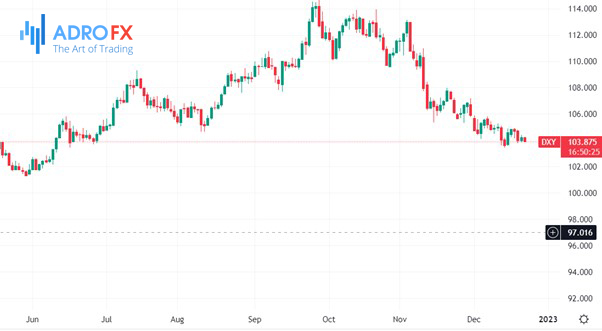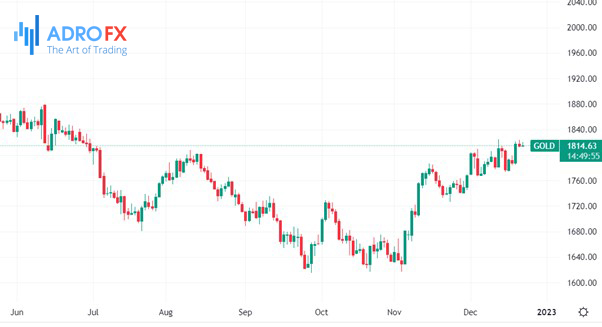Markets are Digesting the Latest Stats for the Year | Daily Market Analysis

Key events:
- USA – GDP (QoQ) (Q3)
- USA – Initial Jobless Claims
Markets are unlikely to be affected by the release of any data over the Christmas period, but a bumpy exit from quarantine in China and developments in the energy market could cause global risk sentiment to deteriorate. Analysts remain bullish on the dollar in early 2023. The Czech National Bank will close the region's central bank meetings this year.
Yesterday's data on consumer confidence will make those who expect the economy to slip quickly into recession think twice. The confidence reading from the Conference Board rose to 108.3, beating the consensus forecast of 101.0 and reaching its highest level in eight months. Both current and expectation indicators improved significantly along with an upward revision to the previous month's reading.
Senior Director of Economic Indicators CB Franco said, "Inflation expectations declined in December to their lowest level since September 2021, with the recent decline in gas prices being the main driver. Consumer spending trends are expected to shift toward services as large commodity prices continue to decline.
The economy is still heading toward recession, but consumers continue to show signs of resilience, which could delay a significant drop in stocks.

On top of that, markets are still digesting the Bank of Japan's hawkish surprise as we approach the quietest period of the year. The market reaction to the BOJ shock was a wide bond sell-off, but no negative impact on western equities. USD/JPY is trading around 131.80 at the time of writing: closing the year above 130.00 could be a welcome development for the BoJ, as it could indicate that speculation of further policy normalization is - for now - contained.
With the Christmas break approaching, we should also pay attention to potential factors that could affect exchange rates over the next two weeks. As for data, the U.S. calendar includes personal income, durable goods orders, and PCE for November (December 23), as well as the Dallas and Richmond Fed manufacturing indexes on December 27-28. There are no Fed speeches scheduled at this time before the release of the Fed meeting minutes on January 4.
It is unlikely that any data will sway the markets given the low volatility of the holiday period. News from China and the energy crisis are likely to lead to significant movements. There are increasing unofficial reports that the actual death toll in China may be much higher than reported: if this is backed up by more evidence, markets may increasingly question the sustainability of China's path out of quarantine, which would negatively impact the yuan, Asian EMFX, and high-beta currencies.
On the energy front, Russia's potential response to EU gas price cuts, a possible escalation of the conflict in Ukraine, and weather-related news (which has been a key driver of rising gas prices recently) could have an impact on the FX market. European currencies continue to look quite vulnerable from this point of view.

According to experts, DXY may end the year near current levels. In line with the seasonal trend, December was a soft month for the US dollar. It is worth remembering that the dollar has rallied in January in each of the last four years. Most forecasts for the beginning of 2023 are still for a rebound in the dollar.

At the same time, gold prices are ready to enter holiday mode as the sell-off in the bond market has exhausted itself. Gold got a modest boost after lower inflation boosted consumer confidence and pushed risky assets higher. It looks like gold will have a hard time approaching the $1850 level unless there is a major new catalyst.









